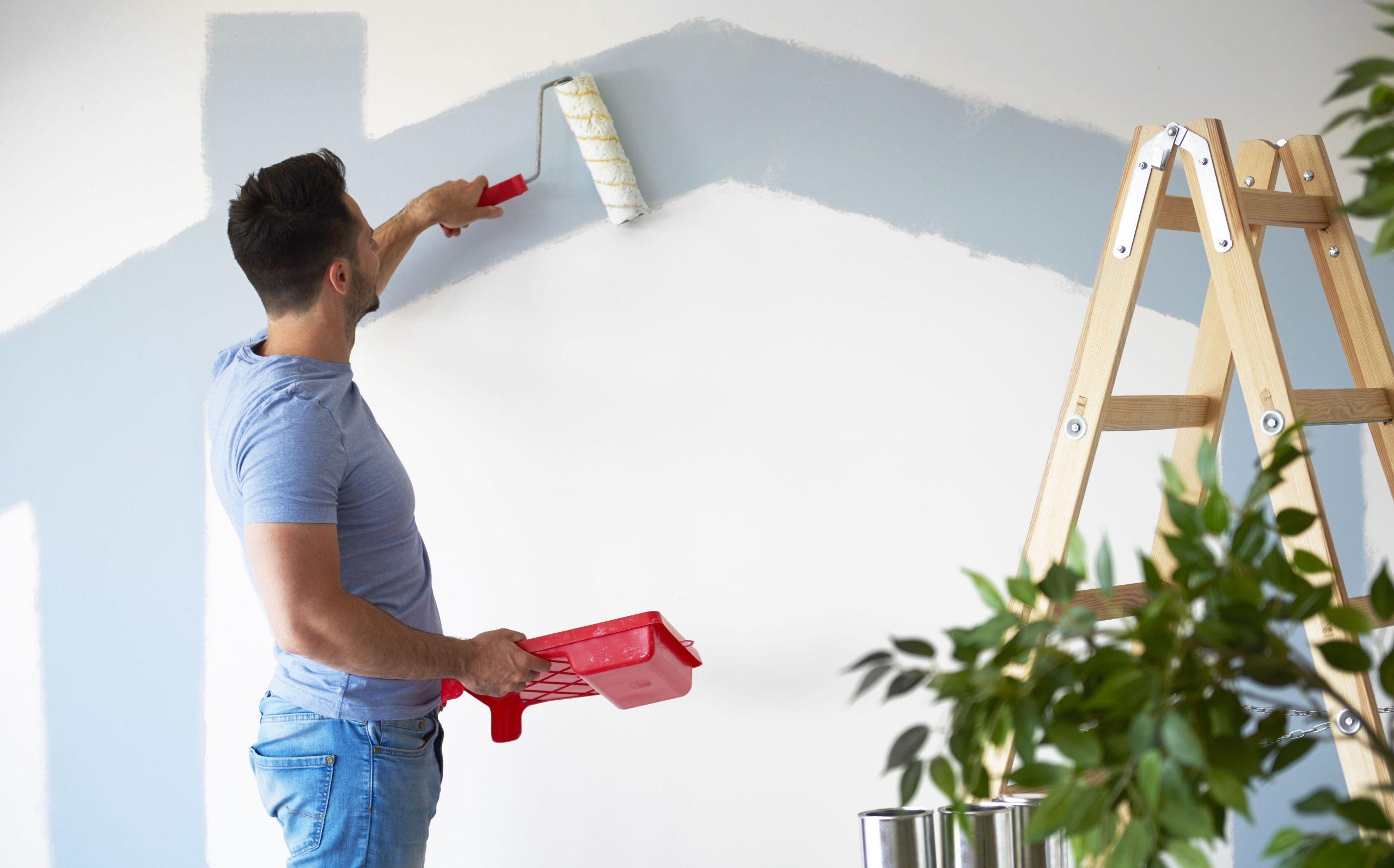Architectural coatings, commonly known as paints and varnishes, play a crucial role in protecting and beautifying buildings. Used extensively across homes, offices and other structures, these products shield surfaces from damage, while also enhancing aesthetics. In this article, we will explore the wide range of coatings available and how they impact buildings.
Types of Architectural Paints
There are several types of coatings formulated for different applications:
Interior Paints - Used on interior walls and ceilings, these water-based or solvent-based formulations are available in various textures and sheens. Factors like washability, stain resistance etc influence paint selection.
Exterior Paints - Formulated to withstand weathering, these robust paints protect exteriors of homes and structures. They use 100% acrylic or 100% acrylic latex bases for durability in sun, rain and temperature fluctuations.
Primers - Applied before topcoats, primers seal surfaces and promote paint adhesion. They are selected based on the surface material and intended paint system. Multi-surface and specialty primers target specific jobs.
Varnishes - Clear Architectural Coatings made from synthetic resins, these enhance woodwork, trim, furniture etc while allowing the grain to show through. Varnishes provide protection as well as rich, long-lasting shine/gloss.
Stains - Made from dyes absorbed into porous substrates, stains both protect and add color to wood. They penetrate deep to retain a natural look unaffected by sunlight. Oil-based and water-based stains are used for interior and exterior applications.
How Coatings Protect Surfaces
Coatings protect surfaces through various mechanisms:
UV Shielding - Pigments in coatings prevent sunlight's harmful UV rays from deteriorating surfaces. This protects color stability and prevents premature aging.
Moisture Barrier - Coatings form a moisture-repellant film that shields against water damage from rain, snow etc. This prevents rot, corrosion, peeling and other issues.
Abrasion Resistance - Tough, flexible paint films resist mechanical wear and abrasion to which surfaces are subjected daily.
Thermal Insulation - Coatings improve insulation properties of surfaces, minimizing heat/cold transfer. This stabilizes indoor climate and moderates temperature fluctuations.
Biological Protection - many paints contain fungicides, bactericides etc to prevent growth of mold, mildew and other microbes on coated surfaces.
Chemical Shielding - coatings form protective seals that prevent surfaces from corroding or deteriorating due to airborne chemicals, de-icing salts, acids etc.
Get more insights on Architectural Coatings
Architectural Coatings: Products Ensuring Durability and Beauty



